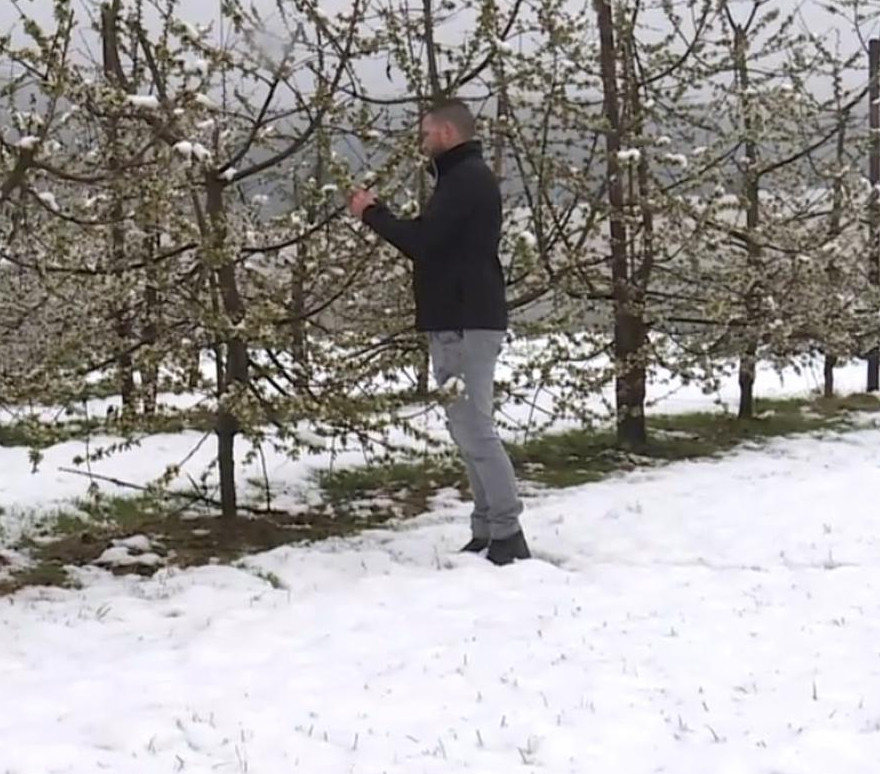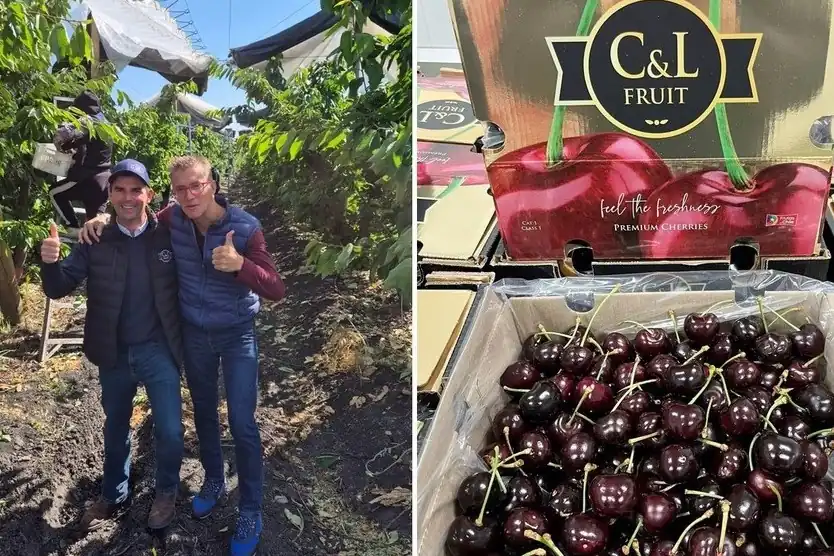Alginate oligosaccharides are degradation products of sodium alginate, which are extracted from brown algae. These compounds have been widely used in agriculture as plant biostimulants, as they have good biological activity, robust stability, and good solubility, which help regulate plant development and improve crop resistance to environmental stresses.
Currently, alginate oligosaccharides are used in the post-harvest preservation of fruits and vegetables, but previous studies have indicated that field treatment can improve, for example, the disease resistance of kiwi and reduce the incidence and diameter of Botrytis cinerea lesions during storage.
Moreover, it has been observed that it has the potential to enhance the resistance of pear fruits to fungal attacks by modulating the expression levels of resistance-related genes, promoting salicylic acid and jasmonic acid signaling pathways, and inhibiting cell wall degradation.
Or again, alginate oligosaccharides have contributed to regulating the expression of genes associated with cell wall degradation and the abscisic acid signaling pathway to preserve the quality of strawberries during storage.
Alginate and cherry cracking
And in cherries? These compounds could be used to reduce the incidence of cracking, but until now, it is not known what the impact of the treatment on fruit cracking is. Fruit cracking is a complex phenomenon influenced by a multitude of factors.
Currently, it is widely accepted that fruit cracking is the result of variable osmotic pressures, which allow water to penetrate quickly into the fruit. Furthermore, previous research has shown that this phenomenon is significantly influenced by plant hormones, including abscisic acid and jasmonic acid, as well as by genes that code for cell wall enzymes involved in its metabolism.
At Dalian Minzu University (China), they conducted an experimental study by applying alginate oligosaccharides 10 days before harvest and then examining their impact on the cracking of fruits from plants subjected to water stress.
Experimental findings
Subsequently, to better understand the regulatory mechanisms of alginate oligosaccharides on fruit cracking, transcriptome analysis was performed. The results indicated that the treatment with this product in pre-harvest inhibited fruit cracking, reducing the levels of soluble pectin in water (which contributes to weakening cell walls) and increasing the contents of chelated soluble pectin and sodium carbonate soluble pectin, especially during the period of water stress.
According to the transcriptomic analysis, the synthesis and signaling transduction of gibberellins and jasmonic acid were found to be associated with the pre-harvest treatment with alginate oligosaccharides on fruit cracking during the initial and final stages of water stress.
The expression of differentially expressed genes associated with cell wall metabolism was downregulated after treatment. 26 genes and transcription factors associated with fruit cracking were identified through gene co-expression network analysis.
Genetic insights and conclusion
These genes are predominantly involved in the metabolism of reactive oxygen species, cell wall metabolism, and energy metabolism, all factors that contribute to reducing the occurrence of cracking in fruits.
In conclusion, pre-harvest treatment with alginate oligosaccharides has proven to be a promising approach to minimize cracking in sweet cherries.
Source: Jiani Xie, Ke Wu, Mingyu Wang, Aili Jiang, Chen Chen, Effects of preharvest alginate oligosaccharides treatment on water stress-induced cracking of sweet cherry fruit, Postharvest Biology and Technology, Volume 223, 2025, 113430, ISSN 0925-5214, https://doi.org/10.1016/j.postharvbio.2025.113430
Image source: SL Fruit Service
Melissa Venturi
University of Bologna (ITA)
Cherry Times - All rights reserved












